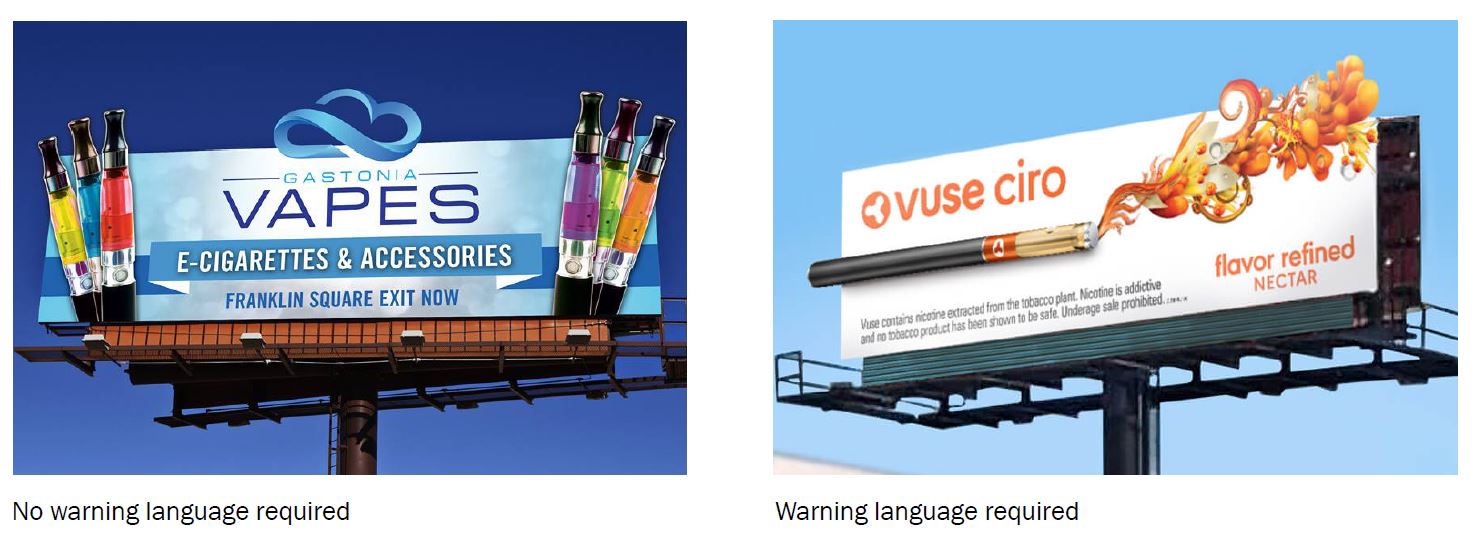Introduction to E-cigarette Advertising Regulations
Regulatory frameworks for electronic cigarettes aim to protect public health, particularly minors, by restricting marketing practices that could encourage nicotine use. Compliance is enforced globally to prevent deceptive claims and youth appeal.
Key Regulatory Bodies and Frameworks
- USA: FDA regulates under the Family Smoking Prevention and Tobacco Control Act, with specific rules in the Deeming Rule for e-cigarettes.
- European Union: Tobacco Products Directive Article 20 sets standards for advertising, packaging, and ingredient disclosures.
- Other Regions: Countries like the UK, Canada, and Australia implement national laws aligned with WHO Framework Convention on Tobacco Control guidelines.
Common Advertising Restrictions
Prohibitions and requirements include:

- No targeting minors through youth-oriented imagery, flavors, or media channels such as social media or television.
- Mandatory health warnings on all advertisements, emphasizing risks like nicotine addiction and health hazards.
- Ban on false or misleading claims about safety, cessation benefits, or reduced harm without substantial evidence.
- Restrictions on sponsorship and endorsements by celebrities to avoid normalizing use.
Compliance and Enforcement
Advertisers must conduct pre-market reviews, submit evidence, and monitor channels. Violations can result in fines, product seizures, or bans. Legal counsel is advised for global campaigns.









